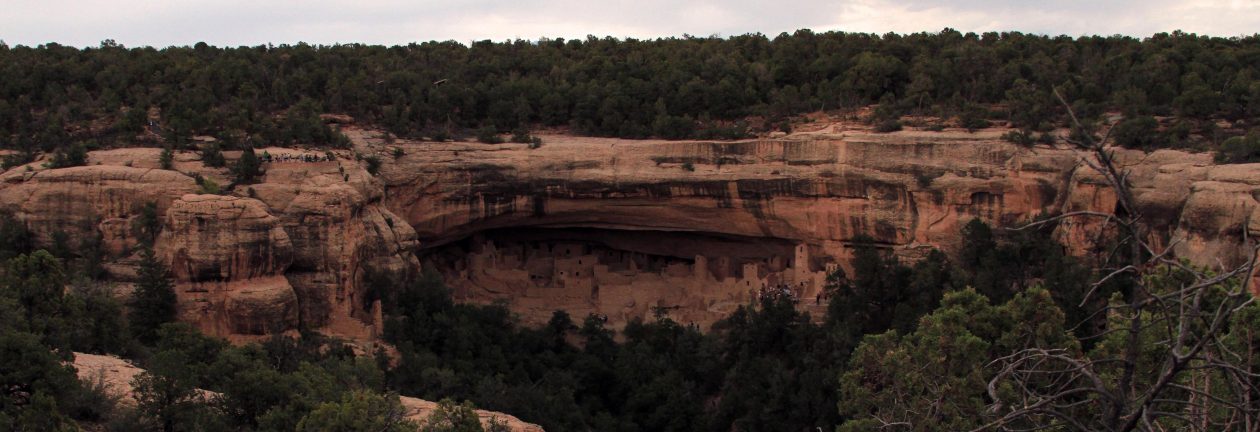New Delhi, India
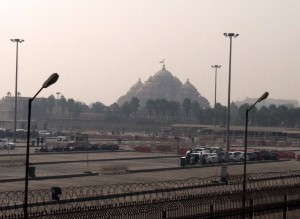
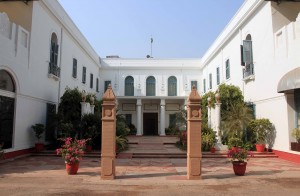
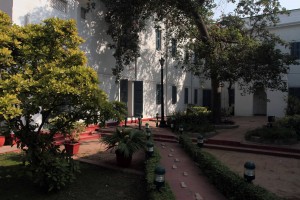
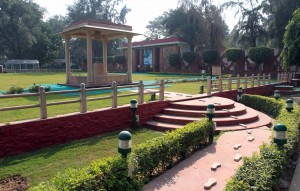
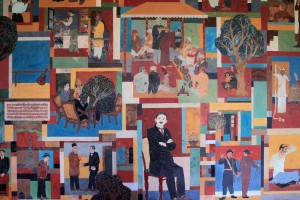
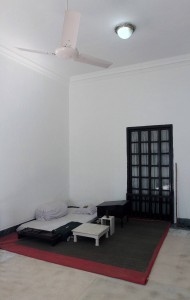
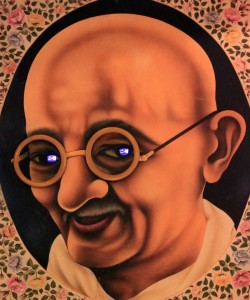
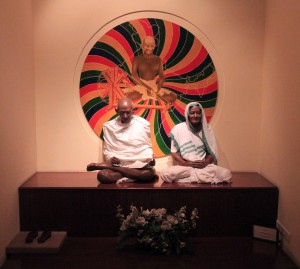
I woke up this morning, showered, and grabbed my camera and tripod. I set out for Akshardham Temple using the Metro train and arrived there shortly after 10:00 (along the way, the Metro train passed by a collection of slums and quite a few of the shacks had satellite dishes on their roofs – obviously these poverty stricken souls have their priorities straight . . .). I had to lock up my camera and mobile phone (no pictures allowed inside the complex, this way they can make money off of the postcards; what a shame since this is probably the cleanest and one of the most beautiful places in all of New Delhi; oh well . . . entrance is free at least) before entering the security check point. After making it through the all the security at the temple complex, I was free to walk around and see all the beautifully sculpted art found on facades, columns, walls, ceilings, and just about everywhere else; the main temple is extremely ornate and covered in sculpted reliefs and patterns; the outside base has sculptured reliefs of elephants depicted in their natural environment, with mankind, and with the divine Hindu gods. Inside there was much to admire too; for a modern temple (opened on November 6, 2005), it was a real work of art with a lot of love (and money) poured in to it. Now, the main temple aside, Akshardham also has exhibit rooms with animatronics on incidents from the life of Swaminarayan and the history of India, an IMAX film on the early life of Swaminarayan (as the teenage yogi, Nilkanth), a musical fountain show, gardens, and a fast food restaurant – all of which makes Akshardham appear to be more Disneyland than Hinduism (“it’s a small world after all”). Oh well. I didn’t go in for the entertainment, so after touring the temple and surrounding area, I exited the complex, grabbed my camera, tried to take some decent photographs of the temple (alas, my zoom sucks), and then took the Metro train to the Race Course Station . . . not to bet on horses or anything like that, but to walk to the Gandhi Smriti (formerly known as the Birla House; “smriti” means “remembrance”). Upon reaching the Birla House, I entered inside and immediately walked past the room Mahatma Gandhi was staying in (where he had spent the last 144 days of his life) and past his last steps, to the spot where he was assassinated on January 30, 1948 (now marked with a stone column). Next to the “Martyr’s Column” is a small enclosed area with a colorful mural depicting Gandhi’s life. Inside the former Birla House are many displays explaining the events of Gandhi’s life and there are many quotations from the man himself. Inside the room where he stayed are the very few worldly remains he left behind (glasses and case, pocket watch, staff, eating utensils) and the bed and sparse furniture laid out how it was when he stayed there. On the second floor of the building are many modern and interactive art exhibits (some rather strange looking), designed more for children than adults. After looking over everything inside the remembrance museum and reading a number of his intelligent quotes, I walked around outside again before heading back to the Metro station.
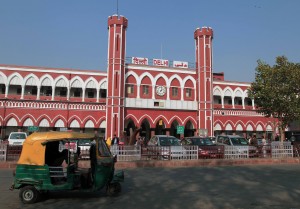
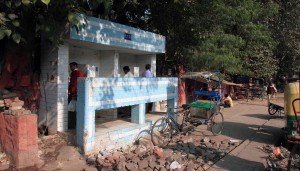
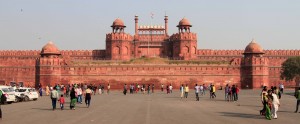
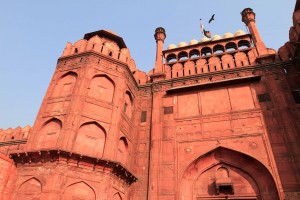
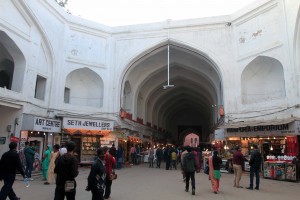
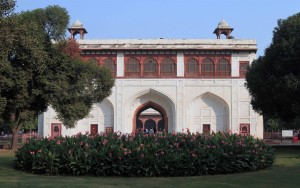
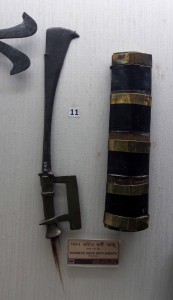
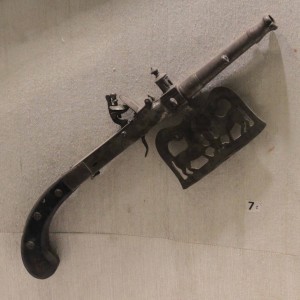
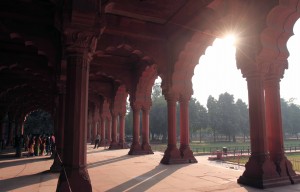
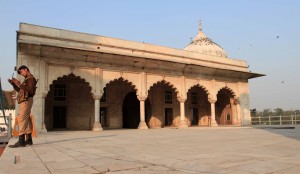
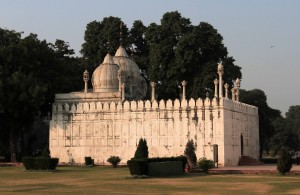
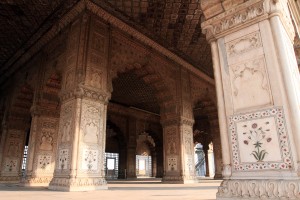
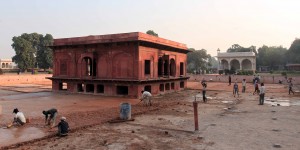
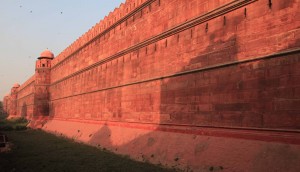
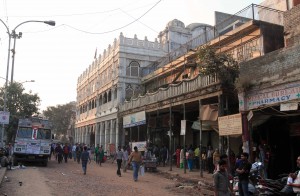
I took the Metro train to Chandni Chowk Station, exited the station, and then walked around trying to find the Red Fort (I took a wrong turn and then another wrong turn, disoriented from not knowing there were two different sets of railroad tracks in the area) – I did walk by some more sidewalk urinals (very convenient for us men). Finally, I found the Red Fort, bought my entrance ticket, was forced to stow my tripod away in the cloak room (it is a stupid rule), and entered the fort through Lahori Gate (the main entrance). The Red Fort was commissioned by fifth Mughal Emperor, Shah Jahan (the “pious” emperor who imposed Sharia law and persecuted non-Muslims), in 1638 AD, when he shifted his capital from Agra to Delhi, and was completed ten years later. I then walked through Chhatta Chowk, which means “covered bazaar” and was an unusual sight back in the seventeenth century (when it was built); it was inspired by a covered bazaar Shah Jahan saw in Peshawar back in 1646 AD. Next I walked in to Naubat Khana (the “drum house”), which has a small museum full of artifacts from India’s military history (the coolest weapon was a pistol with a battle axe attached to it), and then I continued on to the Diwan-i-Am (the “Hall of Public Audience”), which has many red sandstone arches and columns, as well as a marble canopy in the center, where the Emperor’s throne would be. I then walked to Mumtaz Mahal (inside is an Archaeological Museum with many artifacts from the Mughal Emperors), Rang Mahal, Khas Mahal, Diwan-i-Khas (the “Hall of Private Audience”), the Hammam (no doubt where the “pious” emperor had another type of “private audience”), Moti Masjid (or “Pearl Mosque”), Zafar Mahal (which was being heavily renovated), and two pavilions. I then exited the Red Fort (walking back through Lahori Gate), picked up my tripod, and then walked throuigh the bustling streets of Old Delhi, on my way to Jama Masjid (the largest mosque in India). On my way to the mosque, an Indian man behind me that was chewing tobacco, coughed it all up and much of it landed on my back; he tried to clean my shirt the best he could from a local water tap and did an okay job, but I was now completely disgusted with this city and just wanted to go back to my hotel room and take a hot shower; so I decided not to continue on to the mosque (pity, since it looks awesome in photographs) and walked back to the Chandni Chowk Metro Station; from there, I took the Metro train to New Delhi Station, walked back to the hotel, took a shower, changed clothes, relaxed, went out for some more delicious pizza (I had the Chicken Italia pizza again (same as last night), but in the form of two Medium size pizzas since the Pizza Hut didn’t have any large crusts ready at the time – they gave me the same price, so I took it), and then relaxed some more in my room before going to sleep.
